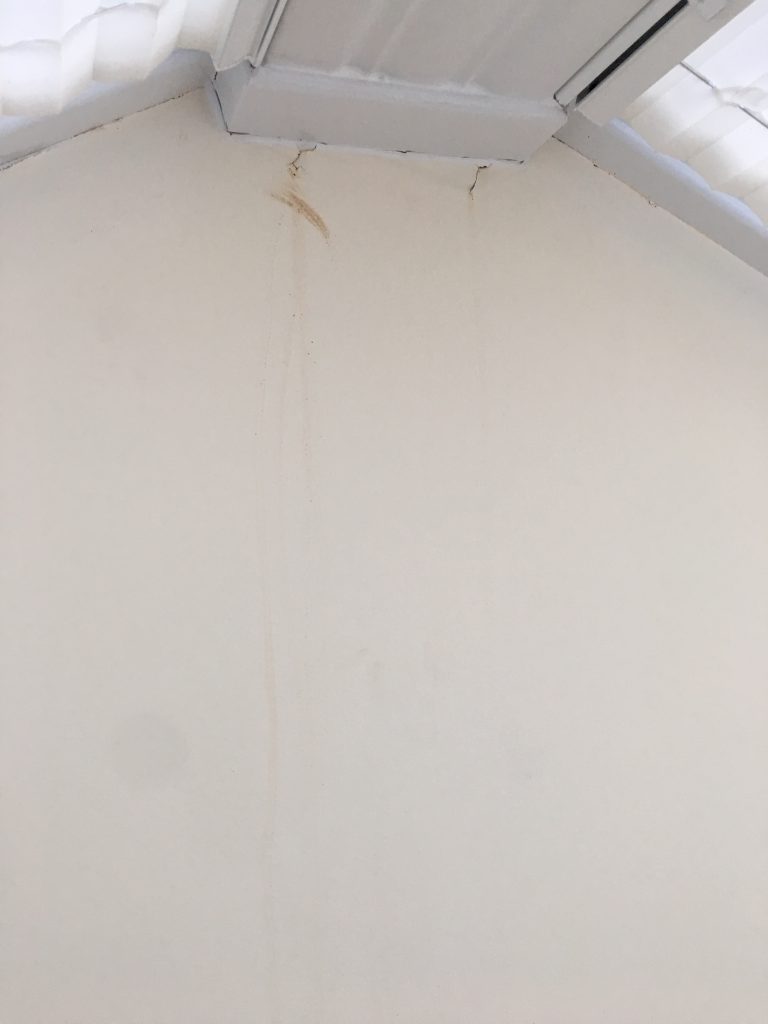Box gutter conservatory roof problems can be a thing of the past with proper conservatory water proofing.
Leaking conservatory roof box gutter.
This is typical of a leaking joint if the box gutter is fairly new or a rust hole if the box gutter is very old.
Blocked gutters are a common source of leaks if rainwater starts to build up and has nowhere else to go.
There are two types of leaks from box gutters.
Conservatory gutters are slightly larger to take account of this.
Box gutters create a sealed guttering between a conservatory and the adjoining house.
This roof was leaking due to ill fitting panels a problem which had been there from the day of installation lifting some of the roof tiles on this conservatory revealed this mess we removed all the flashband and did it properly before re building.
See the water damage if you leave a leaking box gutter it doesn t fix its self.
Box gutter leaks due to bad joints and cut short.
Specialist insulation takes into consideration the unique needs of a conservatory and the necessity to keep it not just warm.
The water overflow the sides of the gutter creating a cascade of water that spills into your garden or could enter your conservatory if the seals around the adjoining parts.
Water will normally spill over the front of a box gutter for one of two reasons either the drain line is clogged and the water has to go somewhere or the amount of rain coming off the roof was too great and it overwhelmed the drain meaning the drain couldn t carry away water fast enough and water excess rain spilled over the front of box gutter.
A conservatory repair when done properly will last for many years in our experience there is generally no need to consider replacing your conservatory roof when such isolated issues arise.
The insulation of a conservatory is done slightly differently to the insulation of any standard room in a house.
So the joint has to be re sealed in the first case or the box gutter replaced n the second case.
They re made to catch and drain away the rainwater that falls between the walls and are usually always used for traditional pitched roof conservatories.

